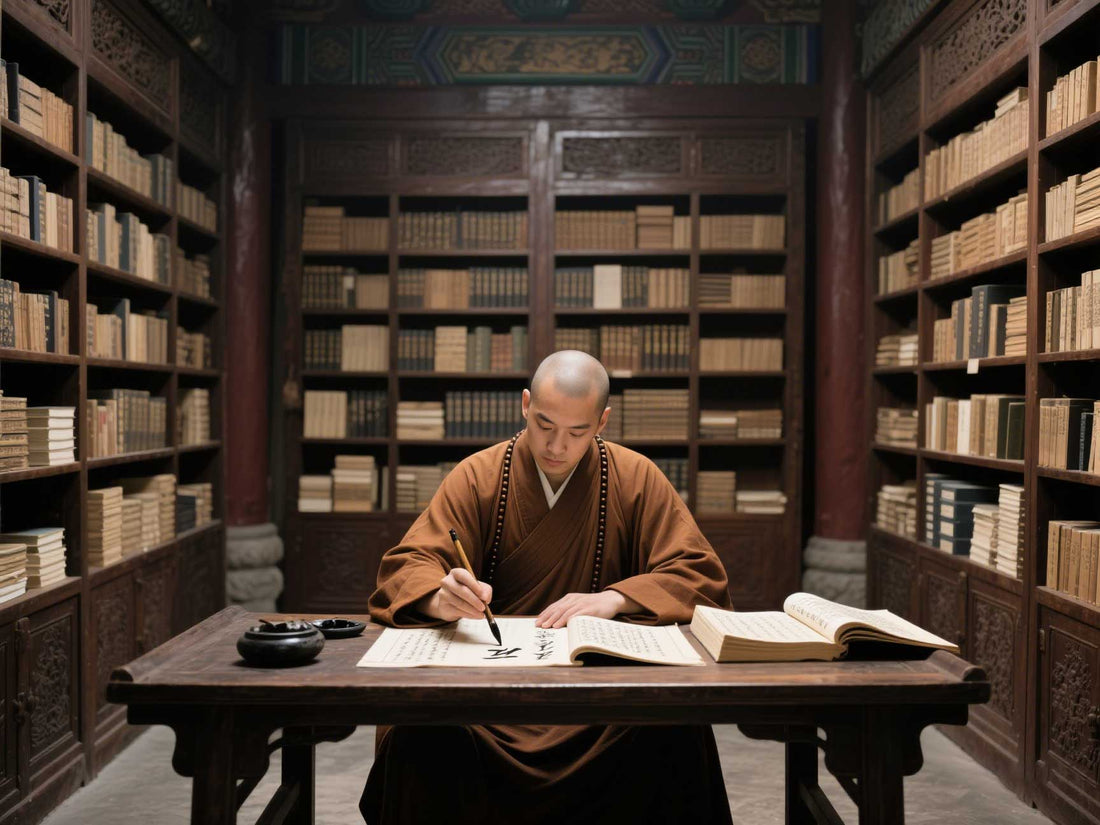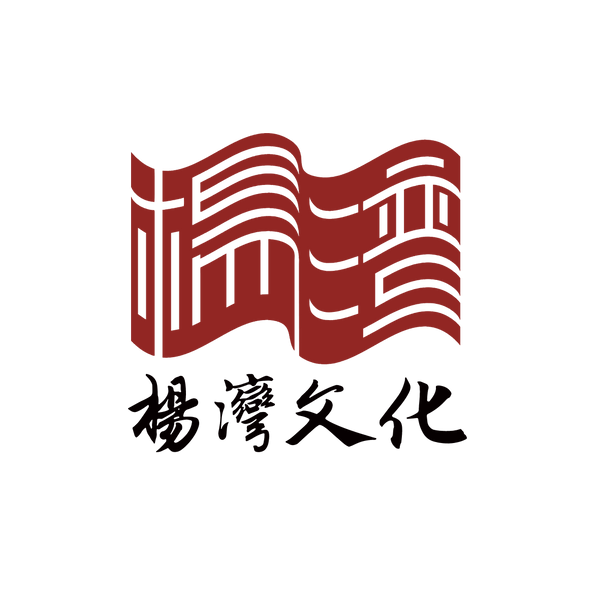
The Tomb of Zen Master Zhiyong
Share
The persistence of hard practice in seclusion
After becoming a monk, Zhiyong (the seventh-generation grandson of Wang Xizhi) lived in seclusion in Yongxin Temple in Wuxing, and vowed that "he would not leave the temple until he finished his calligraphy." He practiced calligraphy by copying ancient calligraphy works every day, grinding ink from early morning until late at night, and he persisted for thirty years. His used pens filled more than ten baskets (each basket could hold dozens of pounds), piled up like a small mountain. It is said that he was so focused during his retreat that even the threshold of the temple gate was damaged by people asking for calligraphy. Later, it was covered with iron sheets and called the "iron threshold."
The Origin of the Retired Pen Tomb
Zhiyong had great respect for the discarded pens, so he buried the ten baskets of used pens he had collected in the open space in front of the temple, piled up the soil to form a mound and erected a monument with an inscription. This action was later called "the grave of retired pen" and became a symbol of diligence in calligraphy. According to historical records, there was a stone tablet engraved with "The Tomb of Monk Zhi Yongli" where the pen was buried, and many scholars and writers went there to pay tribute.
Cultural Inspiration
- The philosophy of improving skills <br>Zhiyong used the "Tomb of Retired Brushstrokes" to interpret the law of "quantitative change leading to qualitative change". In his later years, he warned those who sought advice: "There is no shortcut to learning calligraphy. The only way is to study hard like Zhang Zhi in the dyeing pond and our ancestors practicing calligraphy."
- The fusion of art and spiritual practice <br>As a Zen monk, he regarded calligraphy as a way of spiritual practice. After thirty years of concentrating on copying ancient calligraphy, he finally mastered both regular script and cursive script, and was praised as "the inheritor of Sui and Tang calligraphy."
Historical Echoes
The allusion of "putting down the pen and forming a mound" is mentioned together with Huaisu's "Pen Mound", and later scholars often use it to encourage themselves. Su Shi of the Song Dynasty once commented: "Zhiyong has the spirit of Yu Youjun, but his brushstrokes are as heavy as a mountain, which is not enough to be treasured." This not only affirmed his hard work, but also pointed out the realm of transcending technical skills.
This story is not only a good story in the history of calligraphy, but also reveals the core spirit of artistic pursuit: honing skills with awe and forging character with the accumulation of time.
